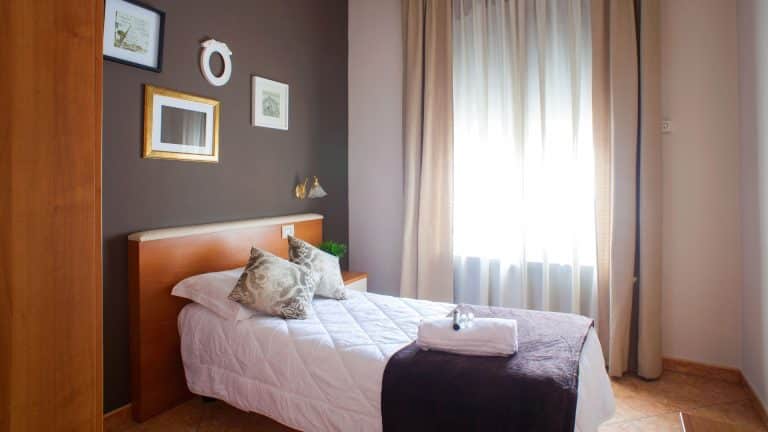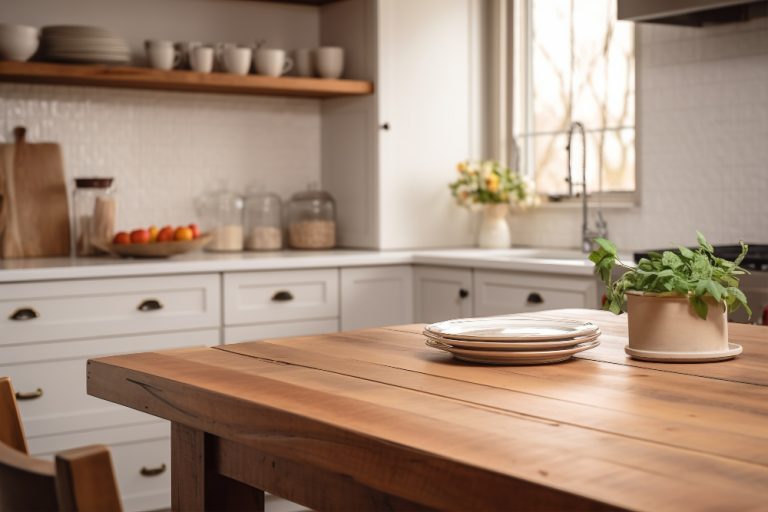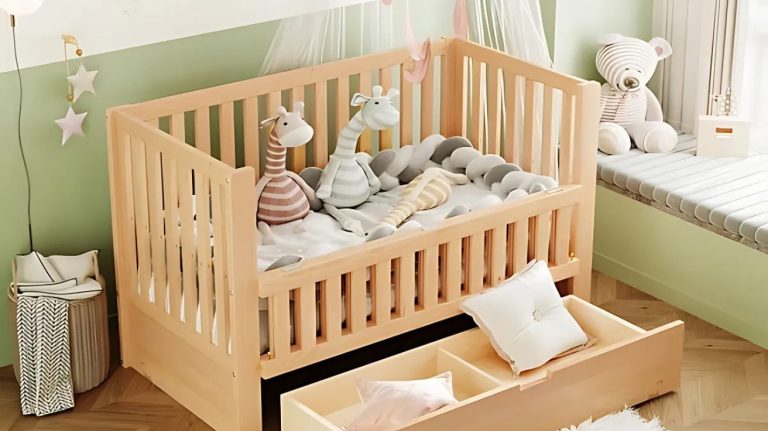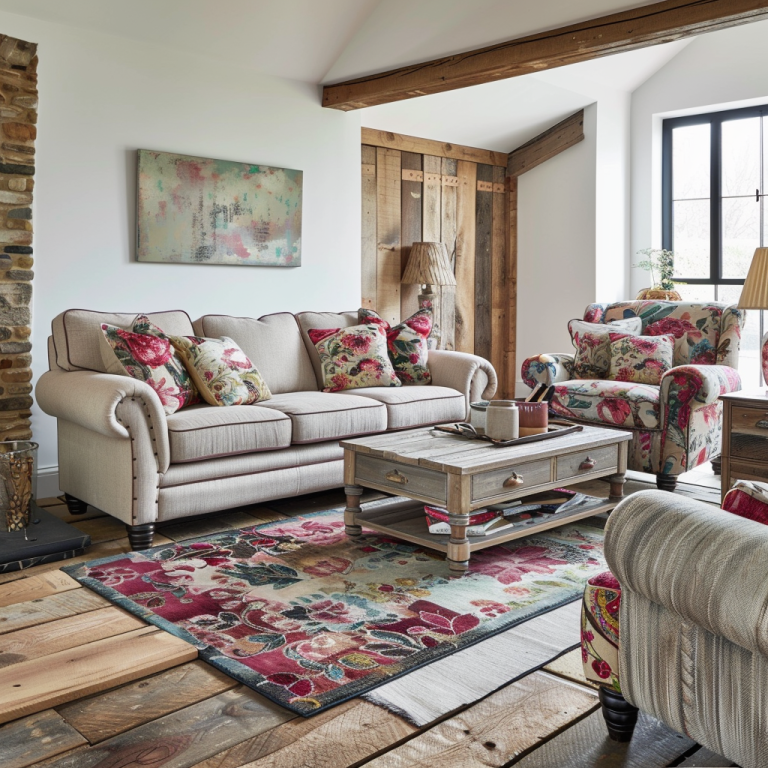Choosing the right bed frame for a single bed can significantly impact your comfort and bedroom aesthetics. A well-selected frame not only supports your mattress but also enhances your sleeping experience and complements your room’s decor. The ideal single bed frame should match your space requirements, style preferences, and functional needs.
Single bed frames come in various styles and materials, each offering unique benefits. Some options include a single Bed with storage drawers, perfect for maximizing space in smaller rooms. Others feature sleek metal designs for a modern look or sturdy wooden constructions for a more traditional feel.
When selecting a single bed frame, consider factors such as room size, desired storage options, and overall bedroom design. Measure your space carefully to ensure the frame fits comfortably, leaving enough room for movement and other furniture. Remember to account for any additional features like headboards or footboards that may affect the bed’s overall dimensions.
Key Takeaways
- Measure your bedroom space carefully before selecting a bed frame
- Consider frames with built-in storage for added functionality
- Choose a material and style that complements your existing decor
Assessing Your Bedroom and Bed Requirements
Selecting the right bed frame for your single bed involves careful consideration of your bedroom space, personal style, and sleep needs. A well-chosen frame enhances both aesthetics and comfort.
Determining the Right Bed Frame Size
Measure your bedroom and mattress dimensions carefully. Single bed frames typically fit mattresses 39 inches wide by 75 inches long. Allow at least 2 feet of space on three sides of the bed for easy movement.
Consider the frame’s height. Low-profile frames work well in rooms with low ceilings or for those who prefer getting in and out of bed easily. Higher frames offer under-bed storage space.
Match the frame size to your mattress. Standard single mattress sizes include twin (38 x 75 inches) and twin XL (38 x 80 inches). Ensure the frame can support your mattress type, whether it’s memory foam, innerspring, or hybrid.
Evaluating Style and Bedroom Aesthetics
Choose a bed frame that complements your bedroom decor. Metal frames offer a sleek, modern look. Wooden frames add warmth and traditional charm. Upholstered frames provide a soft, luxurious appearance.
Consider the frame’s color and finish. Neutral tones like white, black, or natural wood blend with various decor styles. Bold colors can serve as accent pieces in your bedroom design.
Think about headboard options. Some frames come with built-in headboards, while others allow for separate attachments. Headboards can range from simple and understated to ornate and eye-catching.
Considering Comfort and Sleep Quality
Opt for a frame with sturdy construction to prevent squeaks and wobbles. Solid wood or metal frames with reinforced joints ensure stability and longevity.
Check for adequate mattress support. Platforms with closely spaced slats or solid surfaces provide even support for foam mattresses. Box spring-compatible frames work well with innerspring mattresses.
Look for adjustable features if you have specific comfort needs. Some frames offer customizable heights or the ability to slightly elevate the head or foot of the bed.
Consider noise reduction. Frames with felt-lined legs or rubber gaskets can minimize floor contact noise. This is especially important if you’re sensitive to sound or have downstairs neighbors.
Selecting the Ideal Bed Frame
Choosing the right bed frame involves considering materials, features, and compatibility with your mattress. These factors impact comfort, durability, and overall bedroom aesthetic.
Exploring Material and Durability
Bed frames come in various materials, each with unique characteristics. Wood offers a classic look and warmth, with options like oak, pine, or mahogany. Metal frames provide strength and a modern aesthetic, often at a lower price point. Upholstered frames add softness and style to bedrooms.
Durability varies by material. Metal frames typically last longer and resist wear. Wooden frames can be sturdy but may show signs of aging over time. Upholstered frames require more maintenance to keep clean.
Consider the frame’s construction. Look for reinforced corners and sturdy legs. Frames with center support bars distribute weight evenly, enhancing longevity.
Incorporating Practical Features
Bed frames can offer more than just mattress support. Built-in storage drawers utilize space efficiently, ideal for smaller bedrooms. Under-bed clearance allows for separate storage containers.
Adjustable height options let you customize bed elevation. This feature aids in getting in and out of bed, especially for those with mobility issues.
Headboards provide back support for reading or watching TV in bed. Some frames come with integrated headboards, while others allow for separate attachment.
Consider ease of assembly and disassembly, particularly if you move frequently. Some frames offer tool-free setup for added convenience.
Matching Bed Frames with Mattress Types
Different mattress types require specific support systems. Traditional innerspring mattresses often need box springs, while memory foam and latex mattresses work best with solid or slatted platforms.
Platform beds eliminate the need for box springs, offering a sleek, low-profile look. They typically feature a solid base or closely spaced slats to support foam mattresses.
Adjustable bed frames allow for customized positioning, beneficial for those with health concerns or who enjoy reading in bed. These frames are compatible with specialized mattresses designed to flex.
Ensure the frame size matches your mattress dimensions. A proper fit prevents mattress slippage and maintains consistent support across the sleeping surface.
Conclusion
Selecting the right bed frame for a single bed requires careful consideration of several factors. Size, material, style, and budget all play crucial roles in finding the perfect match. A well-chosen frame enhances sleep quality, complements bedroom aesthetics, and provides practical benefits.
By assessing personal needs and preferences, shoppers can confidently choose a bed frame that meets their requirements. With the wide variety of options available, there’s a suitable frame for every single bed and sleeper.









